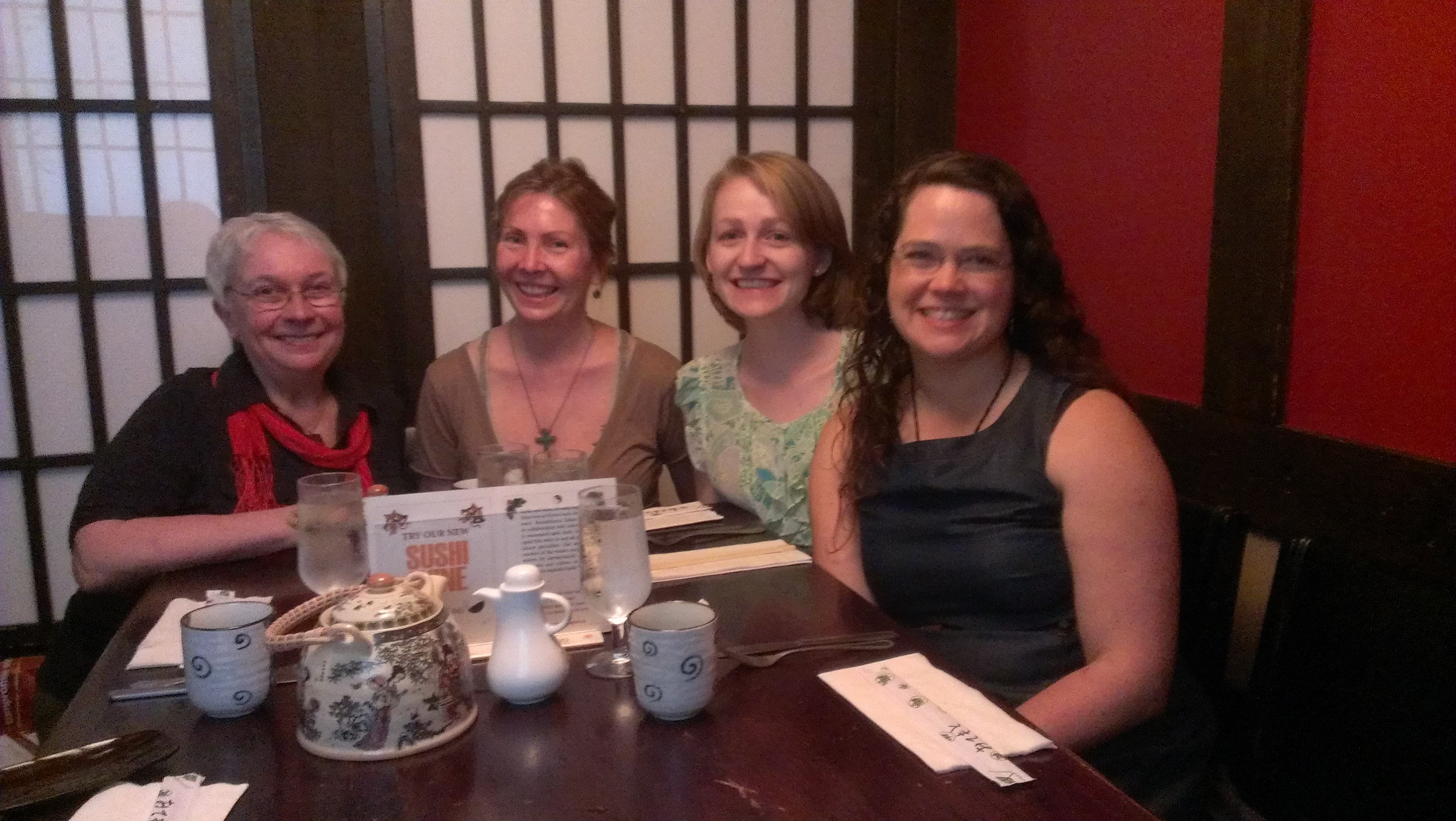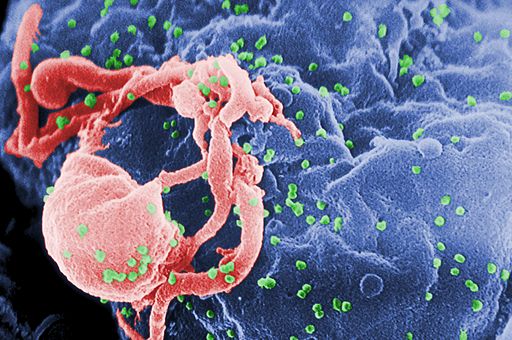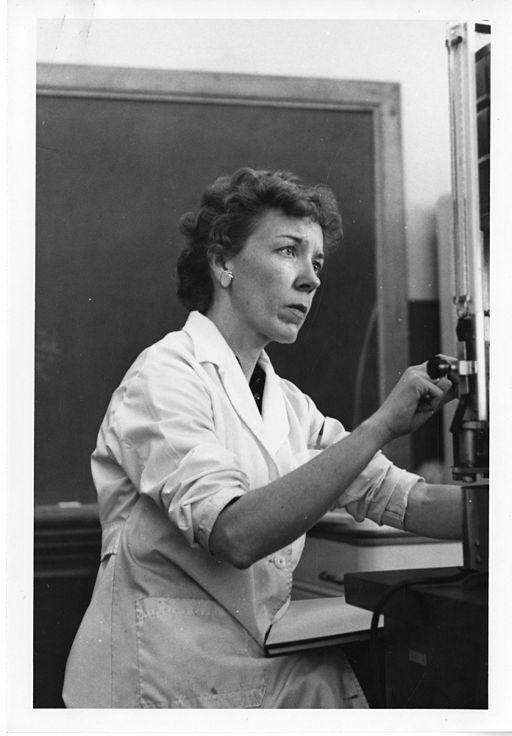NASA launches MAVEN, there is much rejoicing
We’re talking about water on Mars! Again! I think even hardcore Mars nuts might be getting tired of this, which is kind of a shame because it is really interesting. With varying caveats, we’ve known for a long time that Mars had water. More recently we got confirmation that it still does. But a lot of that water is still unaccounted for. The geology tells us that there were vast bodies of water at one time; NASA is interested in finding out where that water is now. To that end, they shot another amazing piece of engineering, MAVEN, into space yesterday—but with much less fanfare than the Curiosity launch.
Read More »NASA launches MAVEN, there is much rejoicing

 Christie Aschwanden has
Christie Aschwanden has 